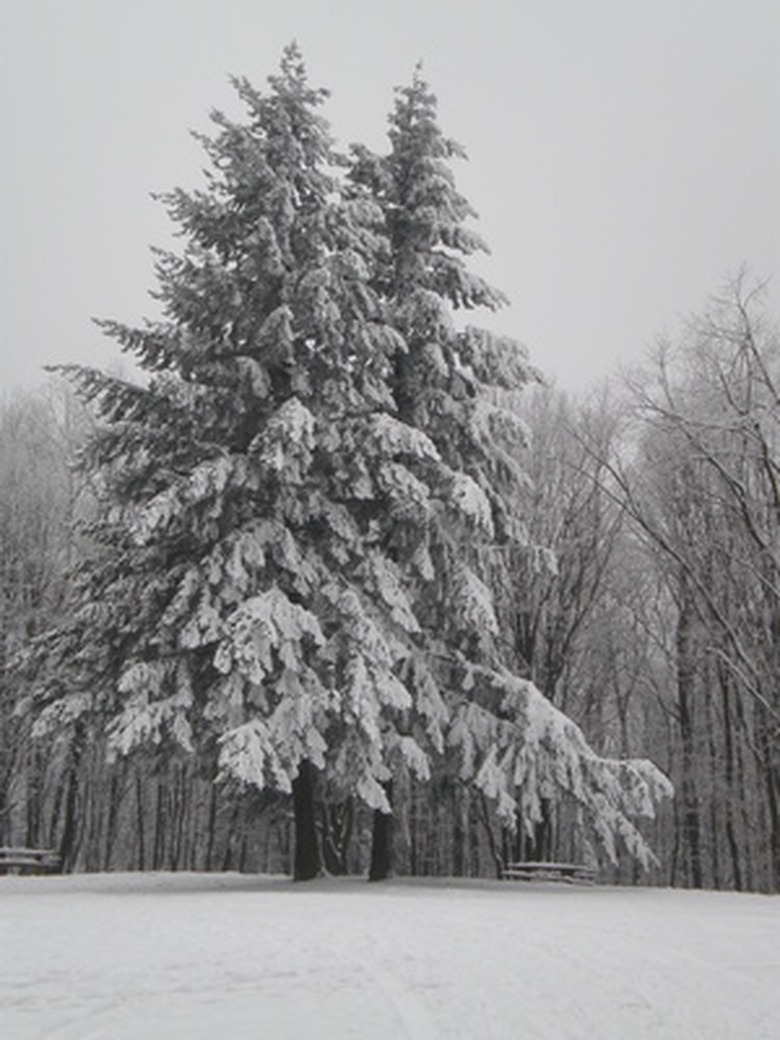How To Landscape Under Pine Trees
Things Needed
- Garden rake
- Pruning saw
- Plants
- Shovel
Landscaping under pine trees can seem like a challenge, but that is far from the truth. The key to successful planting under pine trees is to know what conditions you are dealing with so you can plant the appropriate plants that will thrive. One obstacle is that the area is fairly shady. The second obstacle is the soil will be acidic from the persistent falling pine needles. Rather than trying to continually amend the soil to make it less acidic, you should plant acidic-loving plants that tolerate shade.
Step 1
Remove all the pine needles from under the pine tree. Rake them up into a pile and move them aside so you can plant your shade-loving plants.
- Landscaping under pine trees can seem like a challenge, but that is far from the truth.
- The key to successful planting under pine trees is to know what conditions you are dealing with so you can plant the appropriate plants that will thrive.
Step 2
Take a pruning saw and remove all the limbs of the pine tree to a height of at least 4 to 6 feet off the ground. This will let in enough light for your plants to grow and allow you to work beneath the tree.
Step 3
Pick out a selection of plants to plant under the pine tree. Some examples of shade-tolerant plants that love acidic soils are hostas, strawberries, azaleas and hydrangeas. Those are just a few examples. When shopping at your local nursery, look on the tag to identify which plants tolerate shade and acidic soils.
Step 4
Plant under the pine tree. Dig a hole for each plant with your shovel. Set in one plant per hole and fill in the remaining spaces with soil. Water the area thoroughly after planting to settle the soil and remove any air pockets.
- Take a pruning saw and remove all the limbs of the pine tree to a height of at least 4 to 6 feet off the ground.
- Set in one plant per hole and fill in the remaining spaces with soil.
Step 5
Take the pine needles that you raked up and spread them around your plants at a depth of 2 to 3 inches. Pine needles make an attractive mulch and will keep weeds at bay.
Tip
You can finish off the landscaping with stone pavers or stone edging. Install them to encircle the planting area on the border between your lawn and the pine needle mulch. An edging can really make the landscape bed "pop." Check the mulch yearly to ensure it's not exceeding a depth of 2 to 3 inches. If it is, remove some accordingly. Too much mulch can prevent water from adequately penetrating the soil. It may also slowly suffocate your plants. Resist the temptation to use hardwood mulch under your pine trees. The endlessly falling pine needles will make for a tiresome cleanup chore to keep the hardwood mulch looking great.
